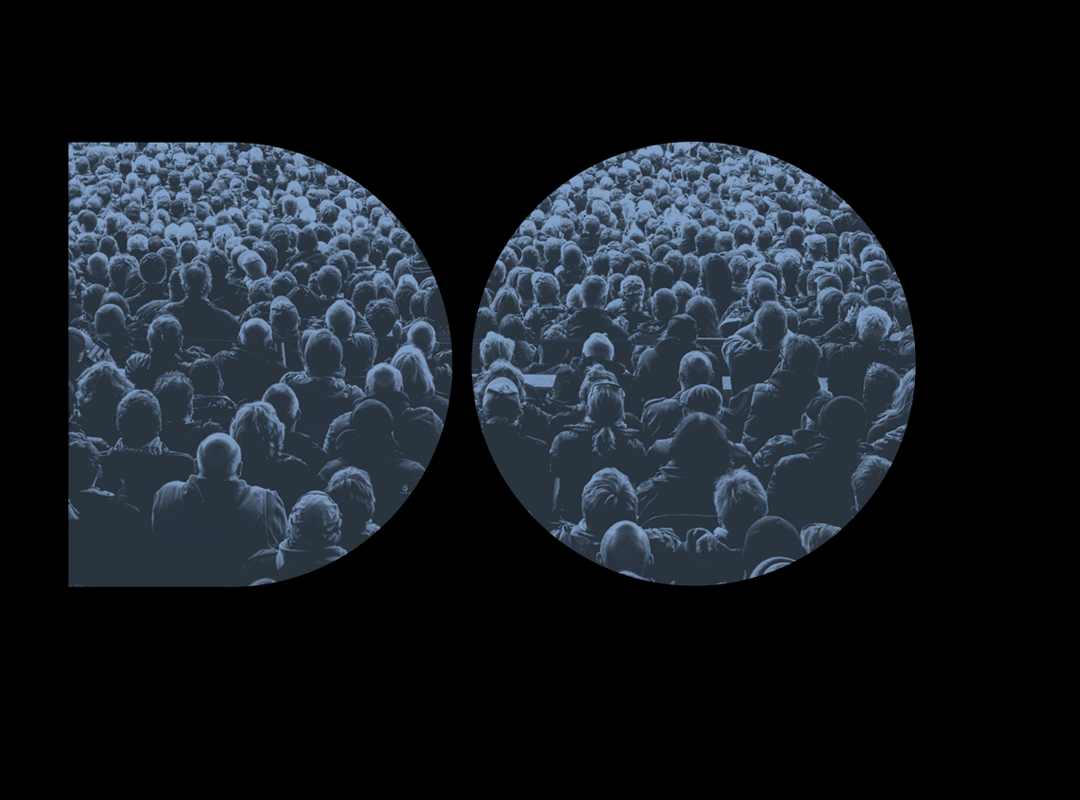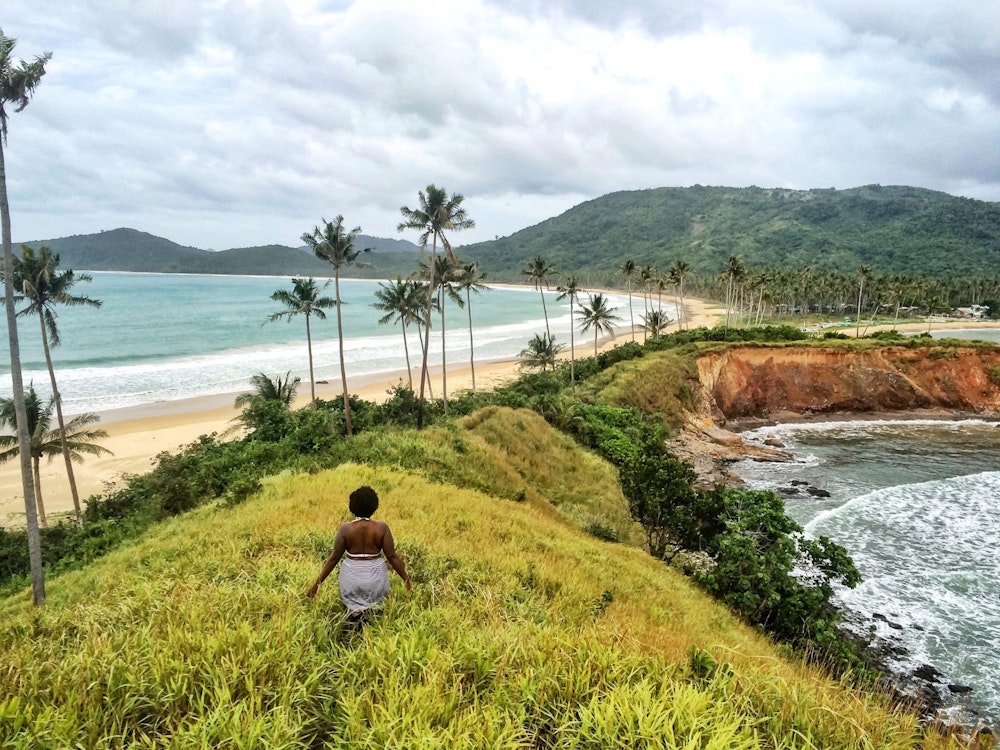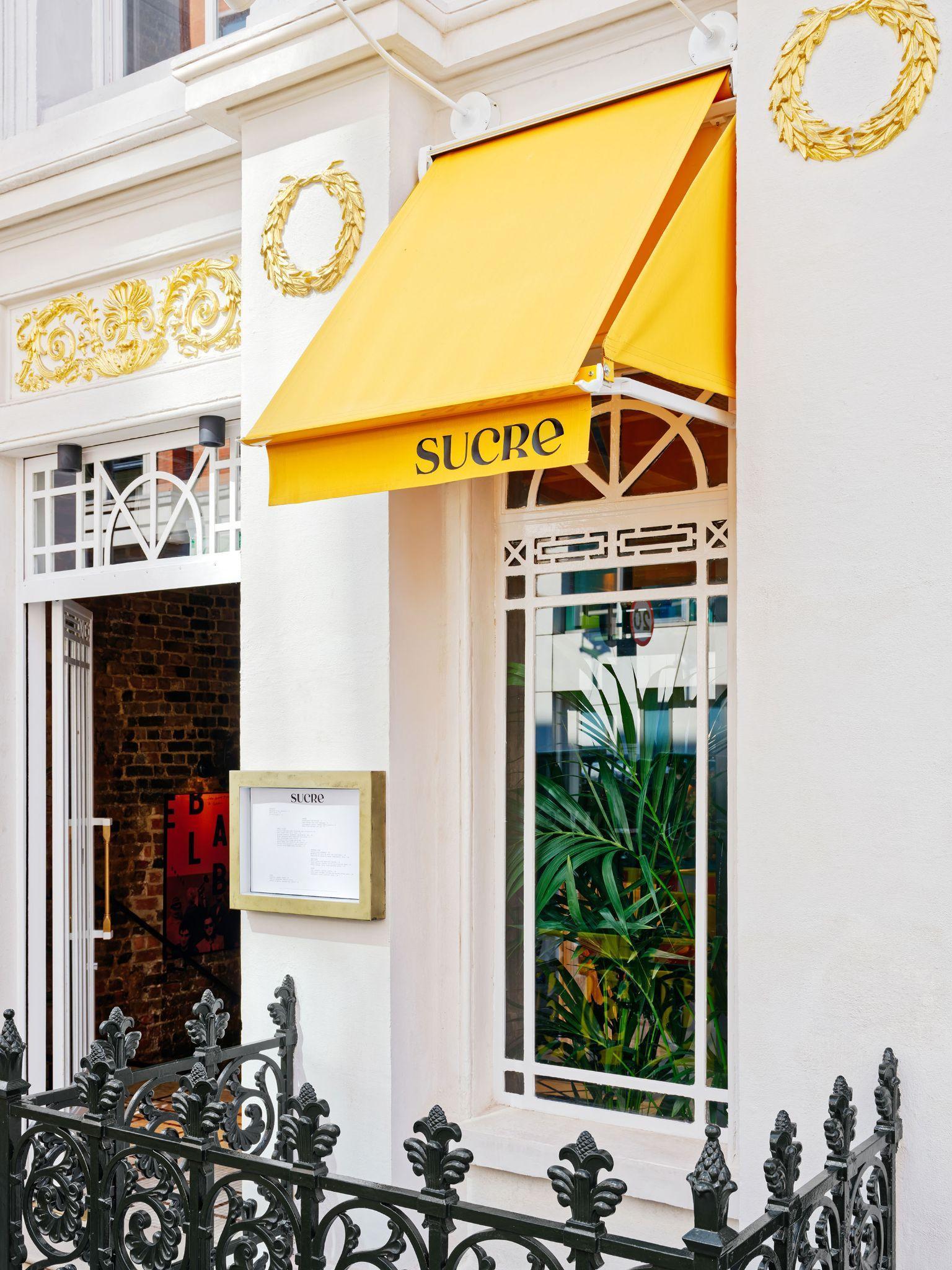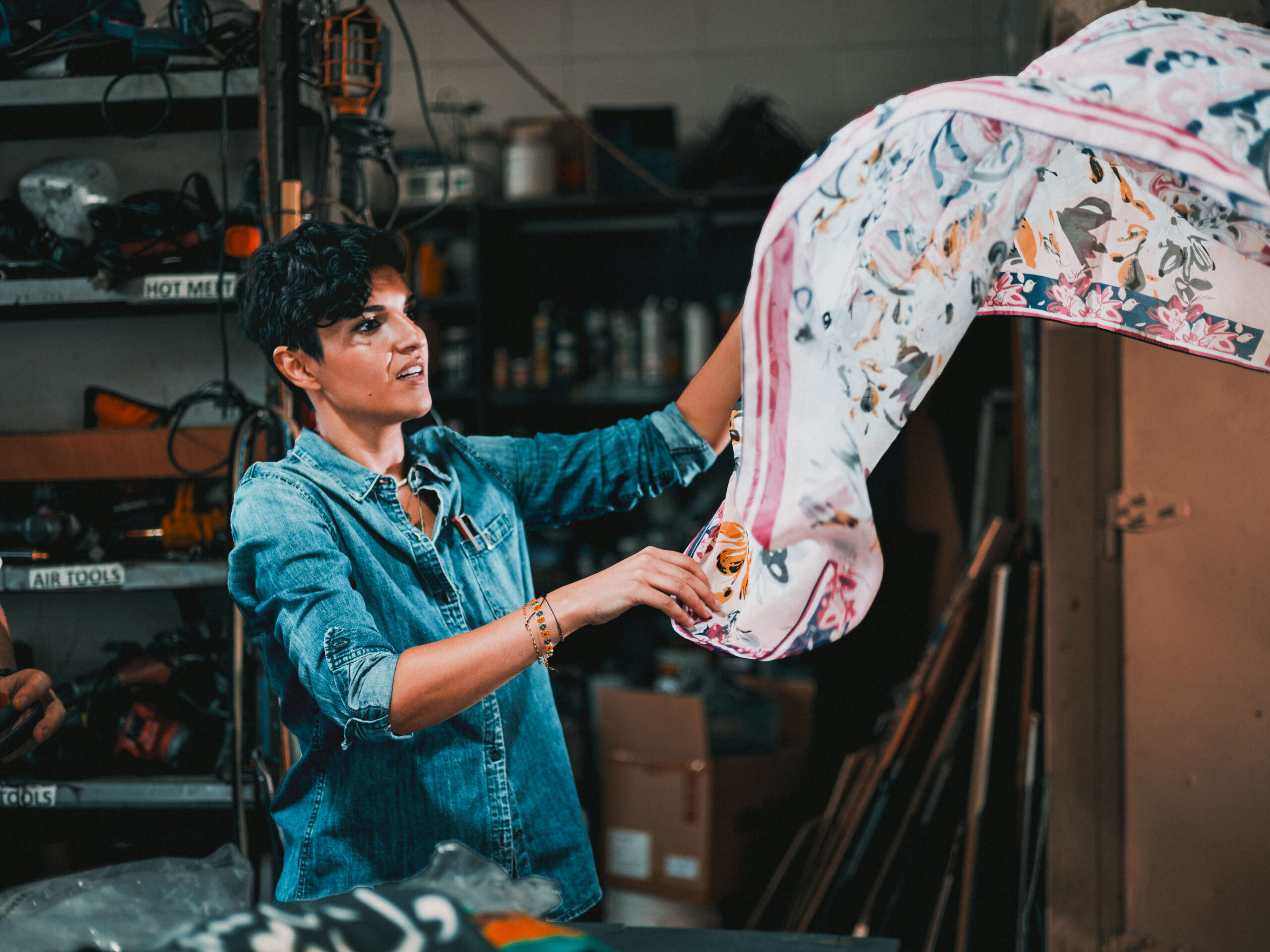
September 11, 2005
Four Years After

Ground Zero, Ellsworth Kelly, 2003
The attacks on World Trade Center once seemed to me like something that demanded a clear, unequivocal design response. But after four years of political jockeying, architectural gestures, litigious countergestures, and cynical commitments to culture that barely qualify as lipservice, the role of design at that charged, emotional site seems more ambiguous, and contested, than ever.
In September 2003, the artist Ellsworth Kelly sent architectural critic Herbert Muschamp a collage representing his proposal for the site: nothing. Or, rather, a simple rounded carpet of green grass. “I feel strongly that what is needed is a ‘visual experience,’ not additional buildings, a museum, a list of names or proposals for a freedom monument.” These, wrote Kelly, would be “distractions from a spiritual vision for the site: a vision for the future.”
The urgency of a massive new building project in an overbuilt market, at a moment when hundreds of thousands of Americans have been rendered newly homeless, is worth questioning. Kelly’s proposal, which stuck me as a copout two years ago, now seems honorable and wise. There will be time enough for building.
Observed
View all
Observed
By Michael Bierut
Related Posts

Business
Courtney L. McCluney, PhD|Essays
Rest as reparations: reimagining how we invest in Black women entrepreneurs

Design Impact
Seher Anand|Essays
Food branding without borders: chai, culture, and the politics of packaging

Graphic Design
Sarah Gephart|Essays
A new alphabet for a shared lived experience

Arts + Culture
Nila Rezaei|Essays
“Dear mother, I made us a seat”: a Mother’s Day tribute to the women of Iran
Recent Posts
Minefields and maternity leave: why I fight a system that shuts out women and caregivers Candace Parker & Michael C. Bush on Purpose, Leadership and Meeting the MomentCourtney L. McCluney, PhD|Essays
Rest as reparations: reimagining how we invest in Black women entrepreneurs Food branding without borders: chai, culture, and the politics of packagingRelated Posts

Business
Courtney L. McCluney, PhD|Essays
Rest as reparations: reimagining how we invest in Black women entrepreneurs

Design Impact
Seher Anand|Essays
Food branding without borders: chai, culture, and the politics of packaging

Graphic Design
Sarah Gephart|Essays
A new alphabet for a shared lived experience

Arts + Culture
Nila Rezaei|Essays
